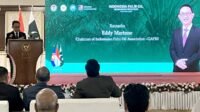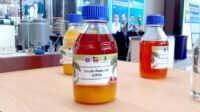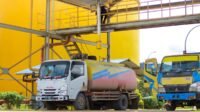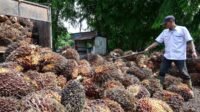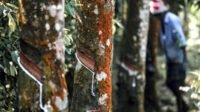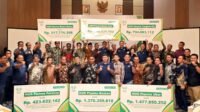PALMOILMAGAZINE, JAKARTA — The Chairman of the Indonesian Palm Oil Association (GAPKI), Eddy Martono, emphasized that conflicts with Indigenous communities, often linked to the palm oil industry, are now rarely found among GAPKI members. Instead, the more frequent challenges come from surrounding communities near plantations.
Eddy cited an example from Central Kalimantan, where several palm oil companies have already fulfilled—even exceeded—the 20% plasma partnership obligation. “Some provide 30%, even 50%. But over time, new demands keep coming from the next generation, even though the company’s obligations have already been completed according to regulations,” he said during an online discussion attended by Palmoilmagazine.com on Monday (Sept 22, 2025).
Another issue arises because many plasma partnership lands overlap with forest areas. Forcing development in such zones could expose companies to legal violations and criminal sanctions. To address this, the government is exploring alternative partnership models beyond palm oil, such as livestock or maize cultivation—particularly since Indonesia still relies heavily on maize imports.
Also Read: Olenka Brings Palm Oil Education to the Public Through Sawit on Town 2025
Several companies have already piloted these alternatives, setting up maize farms with land preparation, fertilizer supply, and farmer assistance through to harvest. However, implementation remains difficult, especially when community land used turns out to be classified as forest area. “This remains a collective challenge—ensuring partnerships deliver benefits without breaching regulations,” Eddy stressed.
He also pointed to regulations tied to the European Union Deforestation Regulation (EUDR), which restricts palm development after December 31, 2020. According to Eddy, this could become a new hurdle in meeting international sustainability standards. “We need to work with the government to find solutions, so Indonesia’s palm oil exports remain secure,” he concluded. (P2)


